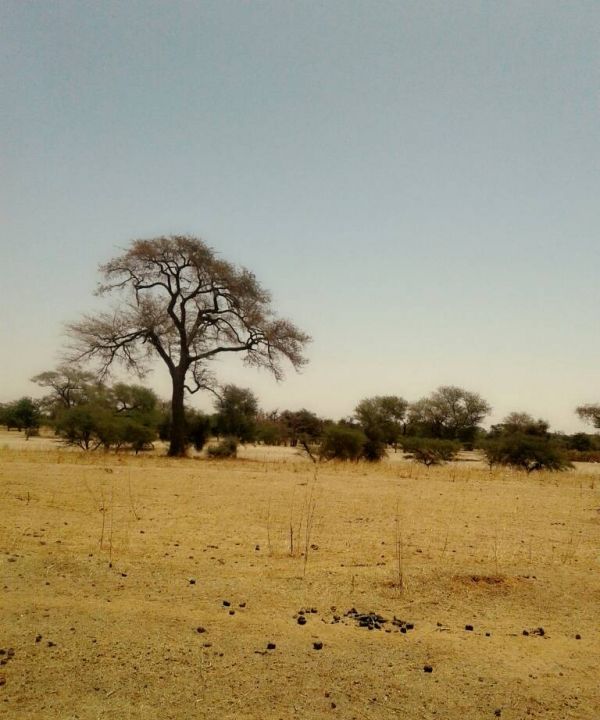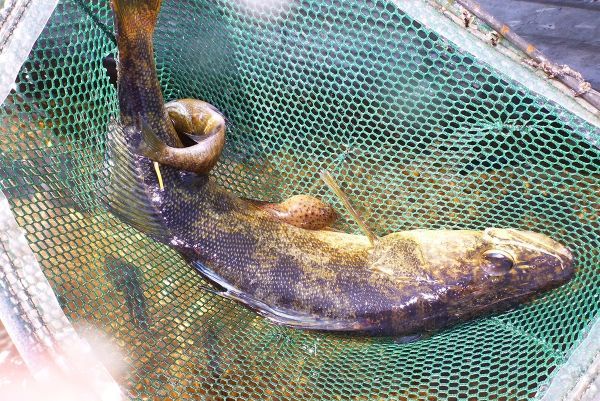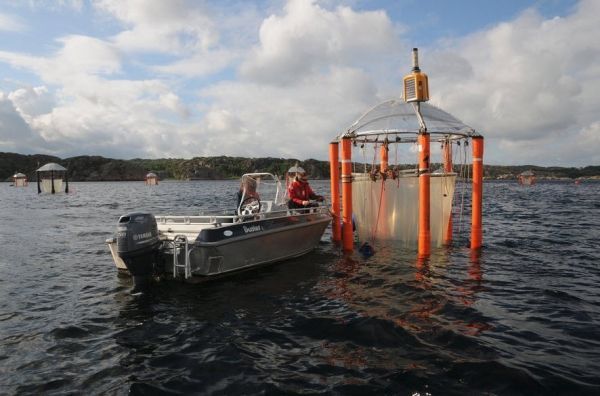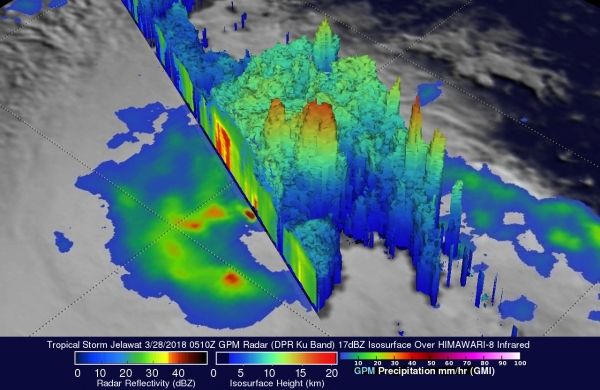
The Sahara Desert has expanded by about 10 percent since 1920, according to a new study by University of Maryland scientists. The research is the first to assess century-scale changes to the boundaries of the world’s largest desert and suggests that other deserts could be expanding as well. The study was published online March 29, 2018, in the Journal of Climate.
>> Read the Full Article

Walleye, an iconic native fish species in Wisconsin, the upper Midwest and Canada, are in decline in northern Wisconsin lakes, according to a study published this week in the Canadian Journal of Fisheries and Aquatic Species.
>> Read the Full Article

As soon as they start life, it's all about survival for juvenile young fish. They must learn to catch prey and to escape enemies. Additionally, at this stage of their lives they are highly sensitive to environmental factors such as temperature, oxygen and the pH of the water. Exactly these factors are currently changing on a global scale: temperature is rising, the oxygen content of the ocean is decreasing and more and more carbon dioxide (CO2) from the atmosphere dissolves in the seawater, where it forms carbonic acid and lowers the pH level. But not only directly, also indirectly elevated CO2 affects the survival of fish larvae, because it can change their food supply.
>> Read the Full Article

The Global Precipitation Measurement mission or GPM core observatory satellite flew almost directly above large intensifying tropical storm Jelawat and found strong storms generating very heavy rainfall,
GPM passed over the Northwestern Pacific Ocean and captured data on Jelawat on March 28, 2018 at 1:10 a.m. EDT (0510 UTC).
>> Read the Full Article

 ENN
Environmental News Network -- Know Your Environment
ENN
Environmental News Network -- Know Your Environment